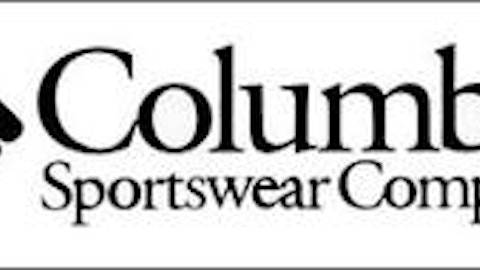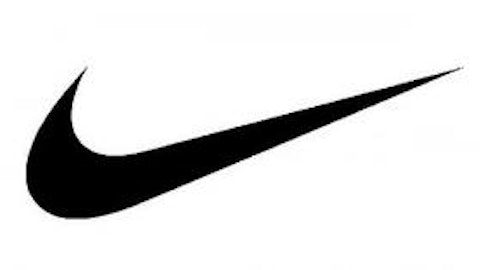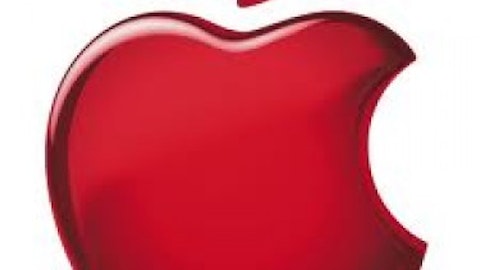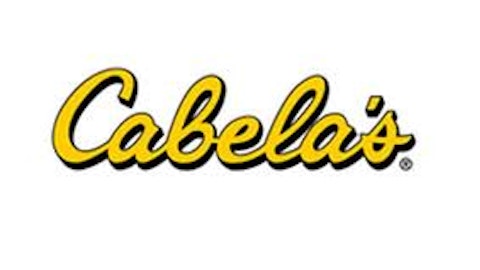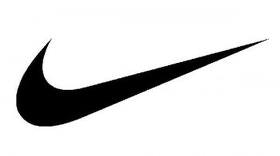
In fact, Chuck Taylor was an amateur basketball player from a much-earlier era and, in addition, a coach and shoe salesman. Born in 1901, Taylor joined a traveling basketball team in 1921 for the Converse Rubber Shoe company, which had introduced its first basketball shoe, the Converse All Star, four years earlier. Taylor made numerous suggestions to improve the shoe, and was such a successful promoter of the sneaker that the company eventually added his name to the ankle patch.
 Photo: Converse.com
Photo: Converse.comToday, Converse is a billion dollar brand owned by NIKE, Inc. (NYSE:NKE) , which acquired the company in 2003 for $305 million. Nike decided, at the time of acquisition, to allow Converse to operate independently, a wise one considering how Chuck Taylor sneakers, lovingly called “Chuck Taylors” by their fans, and the larger Converse brand, have appealed to both athletically minded and fashion-conscious shoe buyers, as well as many subcultures, over the decades.
Why Converse is important to Nike
Owning Converse benefits NIKE, Inc. (NYSE:NKE) serially. Most strikingly, the $305-million dollar purchase price turned out to be a highly efficient investment for Nike, as today, it reaps revenues over four times that amount each year from Converse. The company’s total revenue, as reported by NIKE, Inc. (NYSE:NKE) for 2012, was $1.32 billion.
NIKE, Inc. (NYSE:NKE) doesn’t often buy other companies to supplement its Swoosh-branded revenue, and it exercises discipline in pruning acquisitions that don’t meet expectations. In the last year, Nike divested itself of its well-known Umbro and Cole Haan brands, in order to focus on just four brands: Nike, Jordan, Converse, and the Hurley surf-wear line. Converse and Hurley, together with NIKE, Inc. (NYSE:NKE) Golf, comprise a segment which Nike labels “Other Businesses.” This segment accounts for for 9.5% of Nike’s revenue, and nearly 14% of NIKE, Inc. (NYSE:NKE)’s Earnings Before Interest and Taxes, or EBIT. Converse’s share of the “Other Businesses” revenue has grown steadily: three years after the acquisition, Converse accounted for 23% of “Other Businesses” revenue. As of year-end 2012, Converse accounted for 43% of the segment’s revenue, and this number is likely to have grown once we see the full results for fiscal 2013 later this summer.
For a company that was founded the year that “Take Me Out To The Ballgame” was registered for copyright, Converse is growing at a much faster rate than its parent company. Between 2008 and 2012, Nike’s compounded annual growth rate, or CAGR, was 5.3%. Converse’s CAGR over the same period was more than twice as fast, at 12.7%. Of course, one can’t expect a company of $24 billion in revenue to grow as fast as a subsidiary which is roughly 18 times smaller. But you can bet that NIKE, Inc. (NYSE:NKE) executives are pleased with the return on the original investment.
Converse also provides Nike with label diversification. For consumers with name brand fatigue, or those who admire a cheap, low-tech sneaker with an evergreen aura of cool, Converse is one of the few options in the marketplace that is also well-made and aesthetically pleasing. When shopping for sneakers, you don’t have to buy an engineered shoe with the Swoosh logo, but many are unaware that when they are buying Converse, they are also buying NIKE, Inc. (NYSE:NKE).
The economics of a desirable global brand
Foot Locker, Inc. (NYSE:FL) is a $6.2 billion concern, and though its primary market is the U.S., it is also the largest retailer of athletic footwear in Europe, with a presence in 19 countries. The company uses the strength of globally renowned brands like Converse to entice young, urban, hip customers into its European stores. Converse enjoys a reputation among younger Europeans as an edgy and rebellious brand, and Foot Locker, Inc. (NYSE:FL) features Converse and Chuck Taylors prominently on its European home page. It also engages Converse for exclusive products and co-marketing, such as the popular “Street Ready Pro Leather Vulc” line of Converse high-tops. Foot Locker can ride Converse’s prominence in introducing itself to a younger consumer in Barcelona, Rome, London, Prague, and other major cities. The thrust is selling shoes, but it’s also about upping Foot Locker, Inc. (NYSE:FL)’s cachet in metropolitan areas. This is an example of how the economics of truly global billion-dollar brands extend beyond the company that owns the trademarks.
And there is a reciprocal benefit for Nike beyond Converse sales. If Converse entices young shoppers into European (and U.S.-based) Foot Locker, Inc. (NYSE:FL) stores, there’s not a small probability that NIKE, Inc. (NYSE:NKE) will get affiliated sales. This is due to the plethora of Nike items in a typical Foot Locker Store. In fact, Foot Locker, Inc. (NYSE:FL) might also be thought of as “Nike’s Locker” — last year, it bought 65% of its merchandise for resale from NIKE, Inc. (NYSE:NKE).
If you buy a killer brand, set it free
By avoiding the temptation to replace the old-school Converse star logo with the Nike Swoosh, NIKE, Inc. (NYSE:NKE) demonstrated 10 years ago a strategic understanding of what the Converse brand might mean to it in the future. And the best case scenario has largely come to pass. Nike has achieved revenue diversification without cannibalizing its flagship products. This is a very basic question in mergers and acquisition: What will create the most long-term value — to keep or change the branding of the acquired company? In the case of Converse, NIKE, Inc. (NYSE:NKE) answered correctly.
All of the characteristics that make Converse so valuable to Nike throw into relief a long-term risk that the overall company faces: it is primarily concentrated in a single brand, and is dependent on continuous innovation and technological advances to maintain sales, while being subject to fierce competition. NIKE, Inc. (NYSE:NKE) would love to acquire several more Converses. The problem is that there just aren’t many more originals like Converse around; rather, there are few options for Nike to replicate this success. Anyone who has hitched up a pair of long, flat, white laces through fourteen steel ringlets stamped into a featherweight canvas shoe, anchored by a surprisingly comfortable, thin slab of rubber, would recognize why.
Fool contributor Asit Sharma has no position in any stocks mentioned. The Motley Fool recommends Nike. The Motley Fool owns shares of NIKE, Inc. (NYSE:NKE).
Copyright © 1995 – 2013 The Motley Fool, LLC. All rights reserved. The Motley Fool has a disclosure policy.
